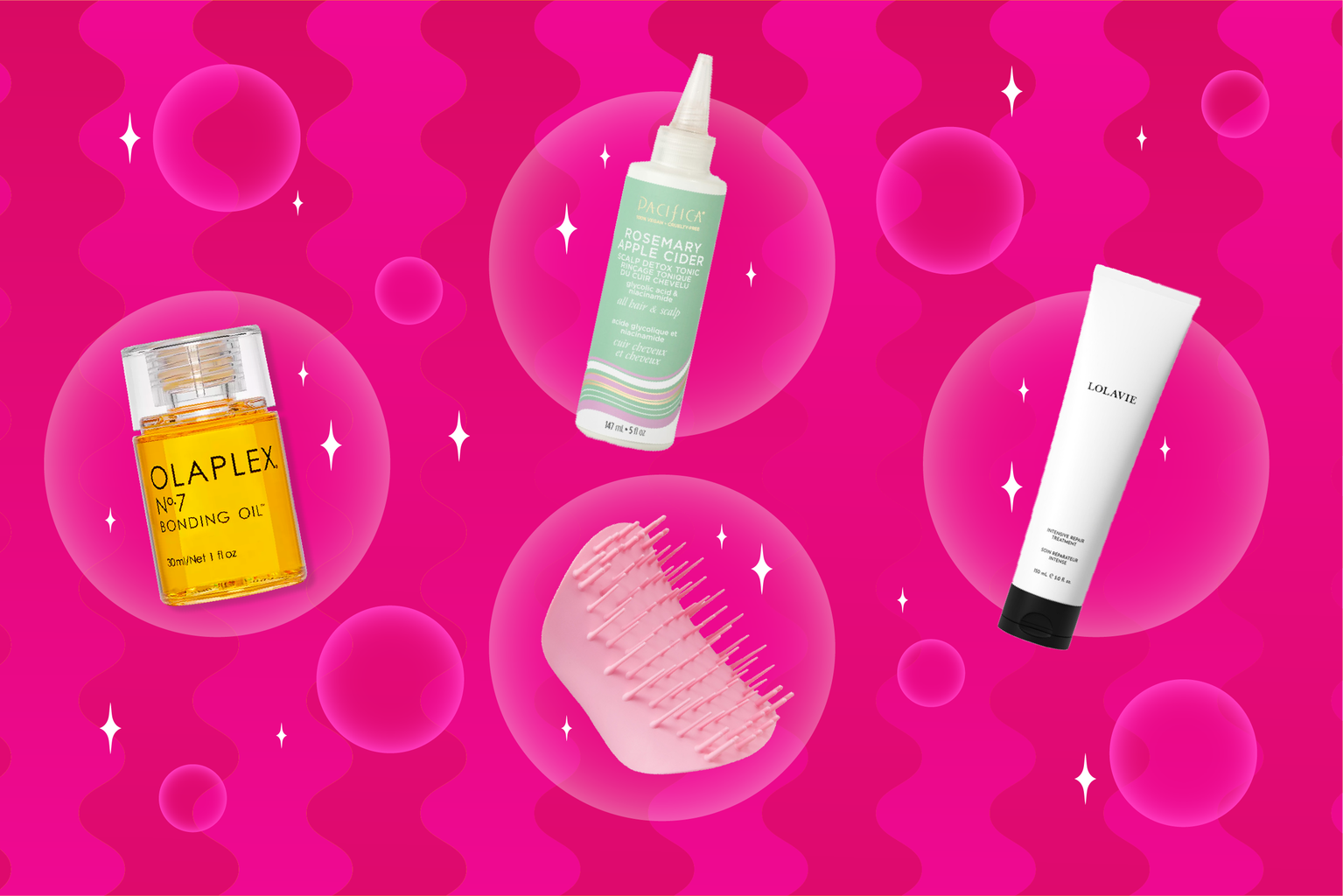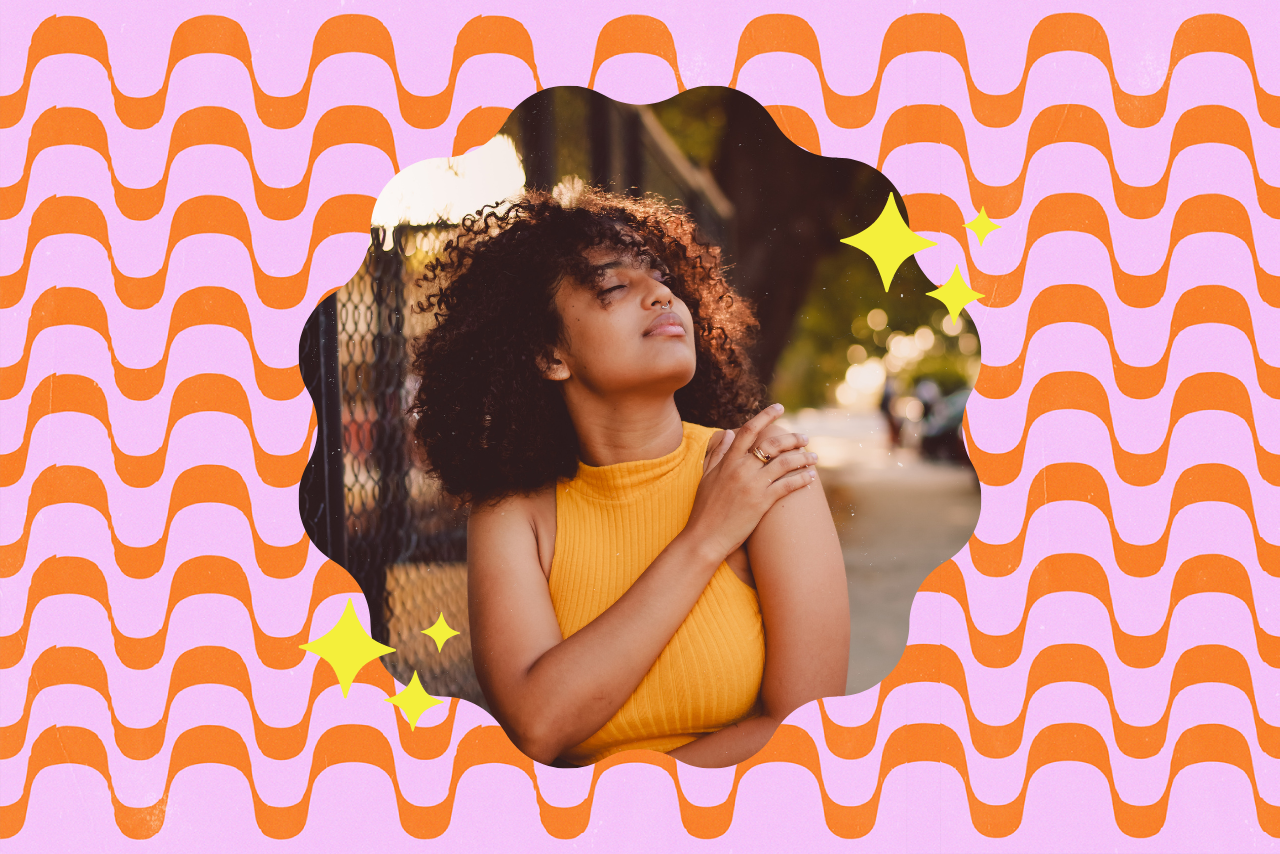In recent years, the hair care world has undergone a significant transformation, encouraging naturally curly hair instead of rejecting it. With this renewed attention and appreciation, more individuals than ever are delving into taking care of their natural hair texture.
This embracing of curly hair is fueled by a larger cultural shift of growing media representation. But how did we get here, and what does it mean for the future of beauty norms?
Straight hair had long been regarded as the beauty standard. Often, it was associated with professionalism and elegance, and this idea was only reinforced by the media, beauty industry, and societal norms. This preference for Eurocentric beauty standards in Western societies made sleek, straight hair synonymous with femininity and success.
The rise of chemical relaxers, hot combs, and flat irons provided tools for individuals with naturally curly or textured hair to conform to these ideals.
Not only was straightening your hair seen as a way to fit in, but also as a necessity for upward mobility. This was particularly true for women of color whose natural hair was often deemed “unprofessional” or “unruly” in corporate and social settings.

In efforts to disprove that curly hair stereotype, individuals have begun embracing their natural hair texture, with #curlyhairroutine content trending more and more on social media. This outpour of media attention plays a crucial role in the natural hair movement’s expansion—hair stylists, influencers, and everyday people began sharing their journey back to natural hair, offering tips on curly hair care, and building supportive communities.
Professional modeling agencies have also begun to take advantage of these trends as brands begin to praise curly hair in their advertisements. We have seen an increase in campaigns like Dove’s “Love Your Curls”, which encourages young girls and women to appreciate their natural hair.
This rise in natural hair appreciation pushed companies to take notice and a wave of new hair products tailored toward textured and curly hit the market, further empowering individuals to embrace their natural hair. Now, curly and wavy hair products are readily available to the public in stores.

As the conversation around curly hair grows, people from across ethnic backgrounds with wavy, curly, or coily hair are free to feel more confident in wearing their natural styles. Across the globe, hairstylists have started specializing in curl care, offering cuts and treatments that cater to the unique needs of textured hair.
This convenience has outshined the need for hair straightening products and treatments, and I hope to see even more progress as individuals embrace their natural hair and companies expand their inclusivity efforts.
So remember, let those curls bounce!
Want to keep up with HCBU? Make sure to like us on Facebook, follow us on Instagram, check out our Pinterest board, watch us on TikTok, and read our latest Tweets!



